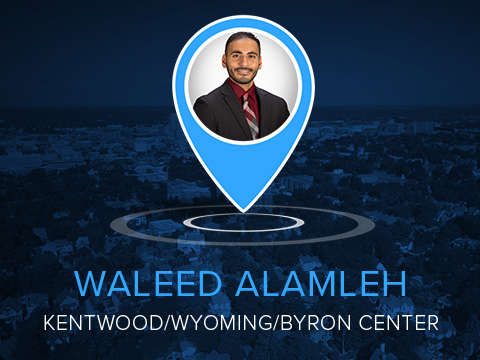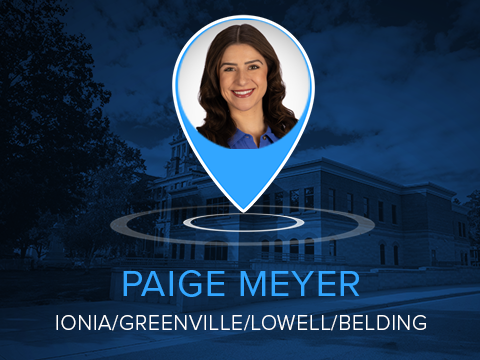WEST MICHIGAN — There are just days from a rare celestial event happening around the country — a total solar eclipse on Monday, April 8.
Whether you're joining the more than 31 million people from Texas to Maine to experience a total eclipse or are staying in West Michigan, outside the path of totality to see a deep partial eclipse, you won't want to miss it.
NASA's Goddard Space Flight Center Senior Research Scientist Dr. Eric Christian says the last time the continental United States saw a total solar eclipse was 2017, although Michigan wasn't as close to the path of totality. He says the next time we can see this phenomenon again in the U.S. will be 2044.
It's not just a rare sight for the casual observer, but it's an important window for scientists.
They use the opportunity to look at the sun's surface, because the moon is such a perfect block for the sun. It also allows an opportunity to study the effect of the moon's shadow on the earth, which can help them in making models of the earth's atmosphere under uncommon conditions.
While NASA has artificial ways of making eclipses, what they call "coronagraphs", experts say they're not as good as the moon actually moving in the perfect spot to block the sun.
"If you just stood on one spot on the earth, they would average 300 years between total solar eclipses, so they really are very rare unless you travel the world to see them," said NASA's Goddard Space Flight Center Senior Research Scientist Dr. Eric Christian. "They are a unique experience. They really get to see that if you're in totality, you get to see the corona, the atmosphere of the sun with your naked eye," he said.
Regardless of where you're at on Monday, NASA scientists are repeating the message you've been hearing, don't forget your approved eclipse glasses when you look to the sky. They say even just a tiny bit of sun can damage your eyes.
Whether you saw the 2017 solar eclipse or not, this time will be different.
In this total solar eclipse, scientists say the moon is a bit closer to the Earth, so the shadow of the moon is bigger. This means the time in totality will be longer.
This total solar eclipse will be around four minutes versus around two minutes in 2017.
This is better for people are who viewing it in the path of totality, because your eyes will have more time to adapt to the darkness.
Scientists say the longer the eclipse, the more unique the experience is.
"In totality, when the moon completely covers the sun, you can take your glasses out to see the solar corona, which is much dimmer," said Dr. Christian. "Where you’re 99%, you will feel a little bit of a temperature drop, but it's much more noticeable in the path of totality, and the lighting will get spooky. It's not like anything else I've ever seen," he said.
For those people who are planning on viewing the eclipse, NASA experts encourage everyone to watch the weather reports and radar to ensure you won't have a blocked view. Be mobile if you can. They say moving even ten to 15 miles could get you out from scattered clouds.
Follow FOX 17: Facebook - X (formerly Twitter) - Instagram - YouTube












